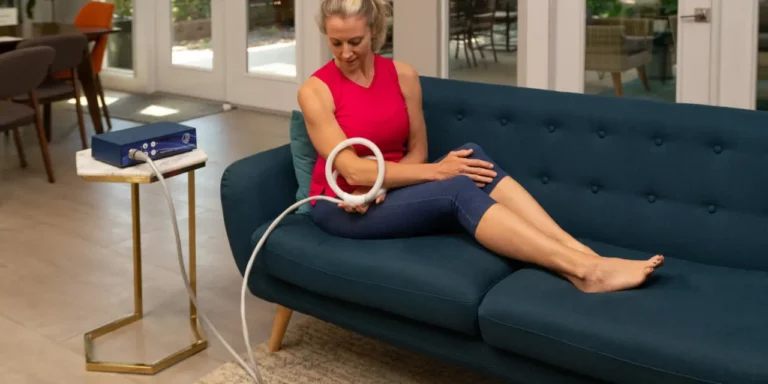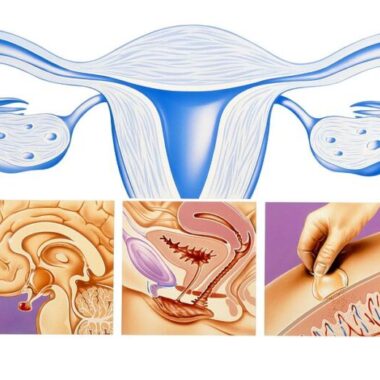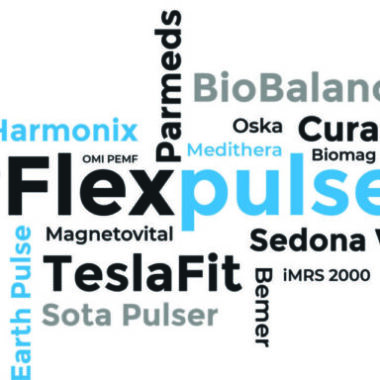Going "Low And Slow"
Table of Contents

Concept of going “low and slow”
In the going “low and slow” approach, low refers to intensity and slow refers to treatment time. Both need to be considered in using PEMF therapy. In a sense this process can also be referred to as a ladder. You’re starting on the lowest rung and climbing the ladder from rung to rung until the level desired is reached. Getting to the top of the ladder is not always the goal for treatment but it is worth knowing what can be accomplished or tolerated. After one’s limits are known, there will be a sense of how much work there needs to be done to reach the top of the ladder, as fast as possible.
Need for going “low and slow”
The concept of going “low and slow” is to determine the body’s sensitivity to or readiness for magnetic field stimulation. PEMF therapy is a form of “physical” therapy, as opposed to pharmacologic therapy, nutritional therapy, counseling or procedures. The magnetic field passes through the body stimulating the production of charge in the tissues which then translates into a multitude of physiologic, biochemical and immune responses. Every body is in a unique state or condition before beginning PEMF therapy. The unique state of every individual has to be accounted for in initiating a course of PEMF treatments.
Who is most in need of going “low and slow”?
The people who are the most sensitive to PEMFs are in most need of owing “low and slow”. These include individuals who are sensitive to sound, computer terminals, electronics, EMFs, microwave ovens, smells, etc. People who are especially vulnerable often include those with fibromyalgia, chronic fatigue syndrome, neurologic syndromes, medication sensitivities, poor tolerance for even low doses of medications, multiple allergies, in a very weakened state, very low blood pressures, following long hospital stays, extensive radiation or chemotherapy, high anxiety states, among others. If you suspect you are in one of these categories or expect to have sensitivity, then you should certainly follow a “low and slow” protocol, and maybe even a very slow protocol. Individuals who react even to the lowest levels of intensity and even minimal treatment time may not be candidates for PEMF therapy until the clinical situation causing their sensitivity has been adequately addressed.
Frequency-based versus pulse-based PEMFs
In my experience individuals are more likely to have sensitivity reactions to frequency-based PEMFs than pulse-based PEMFs, even if the PEMF systems are very low intensity. Those who have reactions to frequency-based PEMFs are also most likely to be very reactive to environmental magnetic fields (EMFs). When there is a lot of inflammation in the body, multiple frequencies presented to the body don’t allow the body enough time between frequency sets to settle down and return to baseline. When individual pulses are presented to the body, especially at higher intensities (not necessarily the highest intensity) the body has less overall stimulation being thrown at it. Even here, with higher intensities, people will often find “sweet spots,” where the intensity is still working to help the body but is not too high to be irritating.
Athletic training or rehabilitation analogy
The analogy to using PEMF therapy may be somewhat like athletic training or physical rehabilitation. You don’t get off the couch and run a marathon the next day without training for it. The more deconditioned you are the more trading will be needed. Training for playing professional football may be considerably different than training for professional baseball. So, training for specific tasks will be unique to the tasks as well as the person. During training, the fitness of the person will be tested by the activities performed. The level of fitness for the activity will determine how aggressive the training can be until finally the goal is achieved. After that it is a matter of maintenance.
Athletic training is a stop-start or stairstep process. You train, you test, you retrain, you retest, etc. Until the goal is achieved. Since PEMFs stimulate so many different processes the body, stimulation is like training, you are pushing the body to its capacity to handle the stimulation. Obviously, some people are in much better condition or shape than others. As a result, their progress toward the goals will be faster.
Variations in PEMF system intensity and time settings
Most PEMF systems have magnetic field intensity settings, ranging from minimum to maximum. Most also have timers or clocks that can be set for the desired treatment time. Often, treatment times need to exceed the limits of the PEMF system’s timers or clocks. In that situation, the individual will determine the goal treatment time and may need reset the program multiple times or use their own timer.
Optimal goal for intensity
The optimal goal for intensity is to be able to reach or use the maximum intensity, even if only temporarily. This is done to test one’s limits for tolerability and the vitality of the tissue, organ or body. Once the maximal time and maximal intensity is tolerated, then any time or intensity may be able to be set to do the work in the body desired or needed. It is not a goal to always maximize the time and maximize the intensity for continuing treatment.
Not everyone needs to go “low and slow”
For the average person, for those without significant disability, with maybe a few aches or pains, and no significant organ health problems, in average shape and with reasonable stamina, there will be very little time spent on “low and slow”. They would fairly quickly advance to middle and higher levels of time and intensity. Those who are already in great shape, have lots of stamina, are regularly working out, even aerobically, with no significant health issues, would go high intensity and could treat for as long as they wanted or needed.
These could be patterns of increasing intensity and time:
- Medium intensity and normal pace
- High intensity and fast pace
Once desired maximum time and intensity are achieved
While the usual pattern is to continue to treat with the maximum time and intensity achieved long term, there may be circumstances where one may have to back off to some prior level and effectively start again from that level. Examples of the need to do this include going on vacation, extended lack of use of the equipment or the development of a new problem. The development of a new problem is the most likely to require readjusting the treatment protocol and perhaps reinitiating some kind of “low and slow” protocol.
PEMF system time and intensity settings
You will have to understand your PEMF system’s time and intensity settings. There are many variations:
- two intensity settings, one time setting for 20 minutes,
- four intensity settings, one time setting repeating indefinitely in 30 minutes cycles,
- 10 intensity settings, time set in 10 minute increments up to continuous,
- one intensity setting, 10 programs with fixed 30 minute cycles,
- 10 basic programs of fixed time cycles with PC capability to set time and intensity individually,
- five intensity settings, in five or 10 minutes cycles,
- 10 intensity settings, time set in one hour increments up to 12 hours.
Once your system’s time and intensity settings are understood, then you would have to define your own “low and slow” protocol. Most of the time, very low to medium intensity systems can be advanced in time and intensity very rapidly.
Examples of “low and slow” protocols
Here are examples of advancing intensity and treatment time faster than “low and slow.”
The first is a medium pace of advancement for a system with 10 intensity levels and putting together a total of 60 minutes of treatment time:
The second is a faster pace of advancement for a similar PEMF system:
LOW AND SLOW PROTOCOLS
Normal Protocol
For a PEMF system with 10 intensity levels.
Slow protocol
For a PEMF system with 10 intensity levels.














